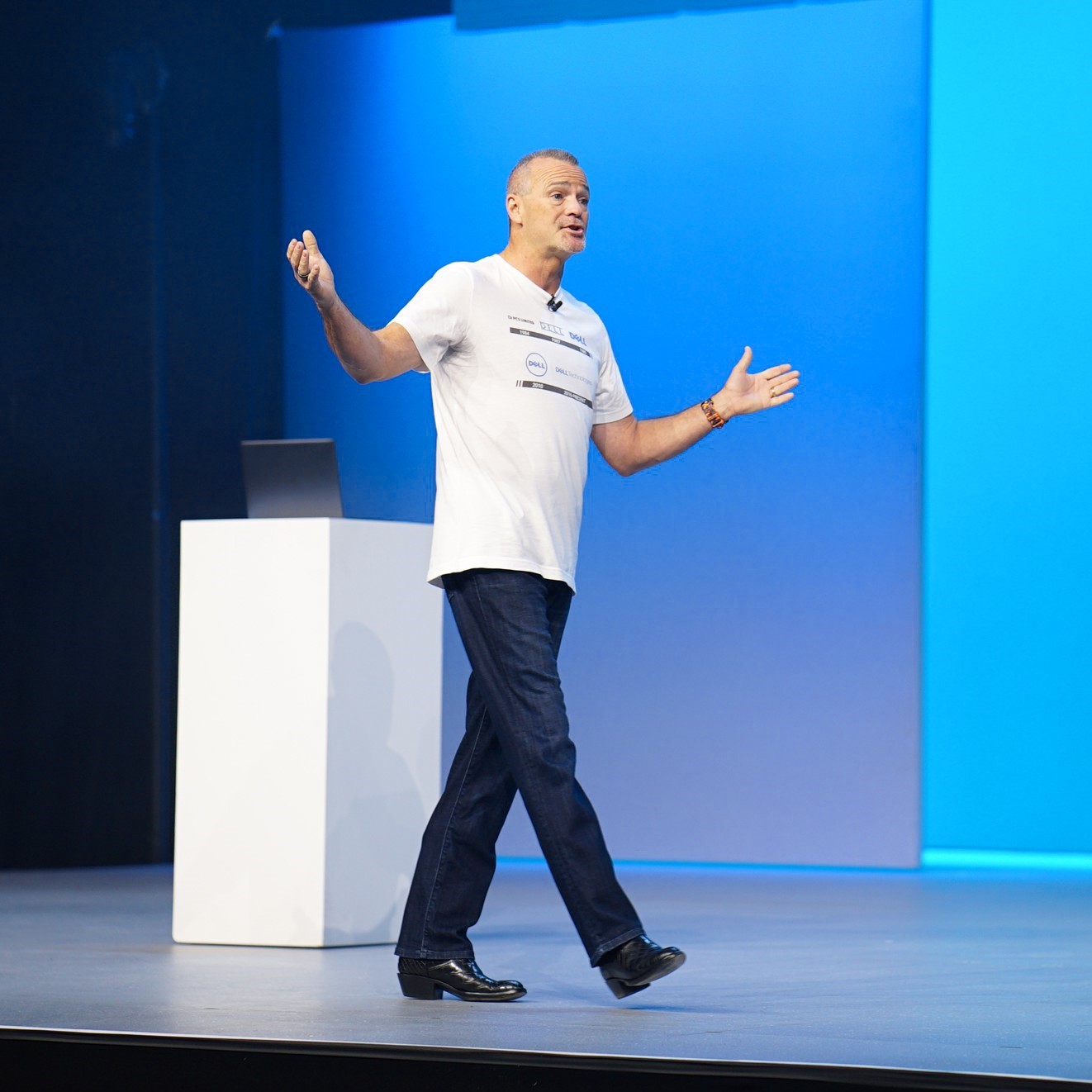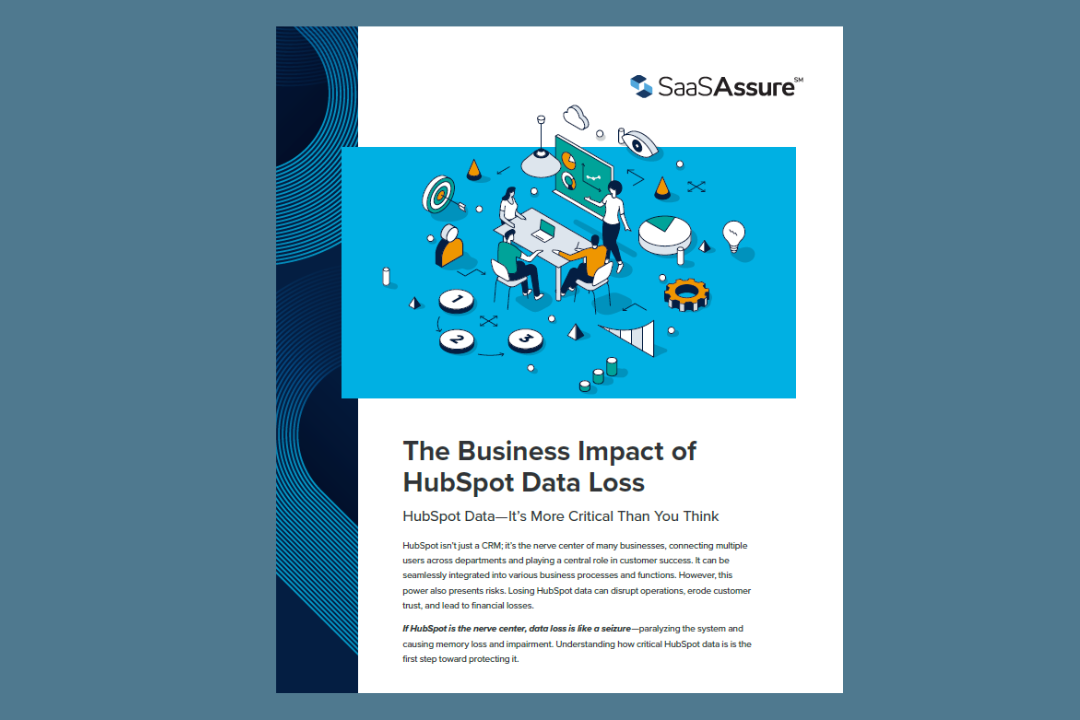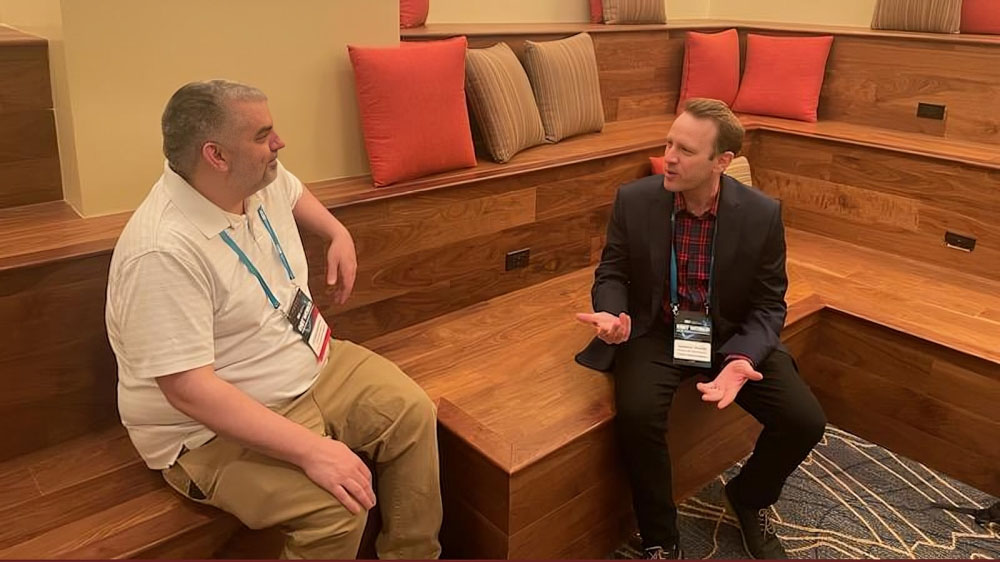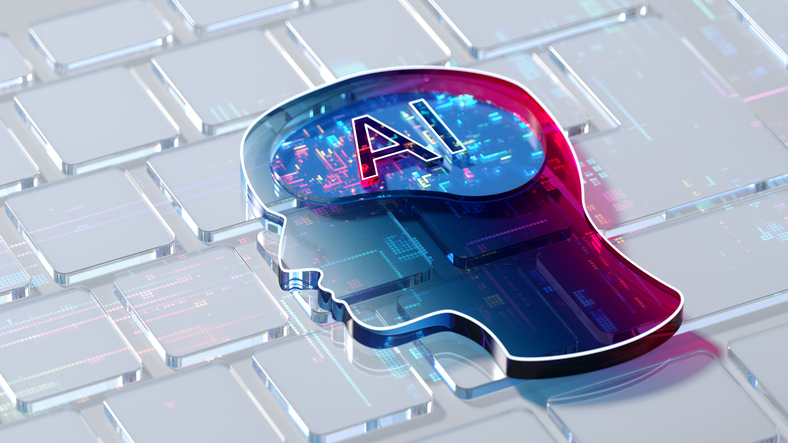On the second day of Dell Technologies World 2023, executives shared a vision of the future where companies use generative AI to innovate across secure multicloud environments. And the company introduced several initiatives to accelerate that vision.
Jeff Clarke, Dell vice chairman and co-chief operating officer, talked about the company’s “multicloud by design” approach, which simplifies the process of matching workloads to the right cloud while delivering a consistent experience across the environment.
Dell has built a multicloud architecture around a common storage layer, which serves as a “connective fabric across clouds that’s going to bring this cloud world together,” he said. “It connects clouds, it connects workloads, it connects data in a seamless, efficient way.”
Dell is also taking its “multicloud by design” approach to the edge with the introduction of Dell NativeEdge. The operations software platform simplifies secure edge deployments. It streamlines edge operations across thousands of devices and locations, from the edge to data centers to multiple clouds.
The platform, Clarke said, enables centralized deployment and lifecycle management with zero touch and zero trust security. It also supports centralized deployment of containerized and virtualized applications across the entire edge environment.
Generative AI Initiative
To support customers in using data to drive better business outcomes, Dell introduced Project Helix, a joint initiative with NVIDIA. The goal is to make it easier for businesses to build and use generative AI models, which can generate text, audio, and video in response to prompts.
Speaking in a prerecorded video conversation with NVIDIA CEO Jensen Huang, Clarke called generative AI one of the most disruptive technologies in four decades. Huang said it enables every company to use AI to revolutionize their products and organizations. He called it a “much, much bigger deal” than PCs, internet, cloud, and mobile.
The technology, Huang said, is easy to use and “does amazing things.” It uses an API that can connect to almost anything because it’s able to understand almost any language and form of input.
“It’s a whole new computing platform in the sense that it has a universal programming language, called Human, and is incredibly flexible. It’s able to perform tasks either without training or with a little bit of fine-tuning.”
Huang said that as technology evolves, data centers will evolve to what he called “AI factories.” And thanks to Project Helix, he added, every company can become an AI factory.
Securing the Environment
As customers invest in AI, multicloud, and the edge, they need to be able to secure everything. And that’s where Dell’s Project Fort Zero security solution comes in. It uses a zero-trust approach, which means it employs validation processes inside the network as well as at the perimeter to prevent unauthorized use.
Herb Kelsey, Dell’s industry chief technology officer, government, said Dell is working with more than 30 partners “to accelerate the path to advanced zero trust.” Within a year, he said, Dell will have a full end-to-end zero trust solution, which will be validated by the U.S. Department of Defense.
PEDRO PEREIRA is a New Hampshire-based freelance writer who has covered the IT channel for two decades.
Image: Courtesy of Dell Technologies














